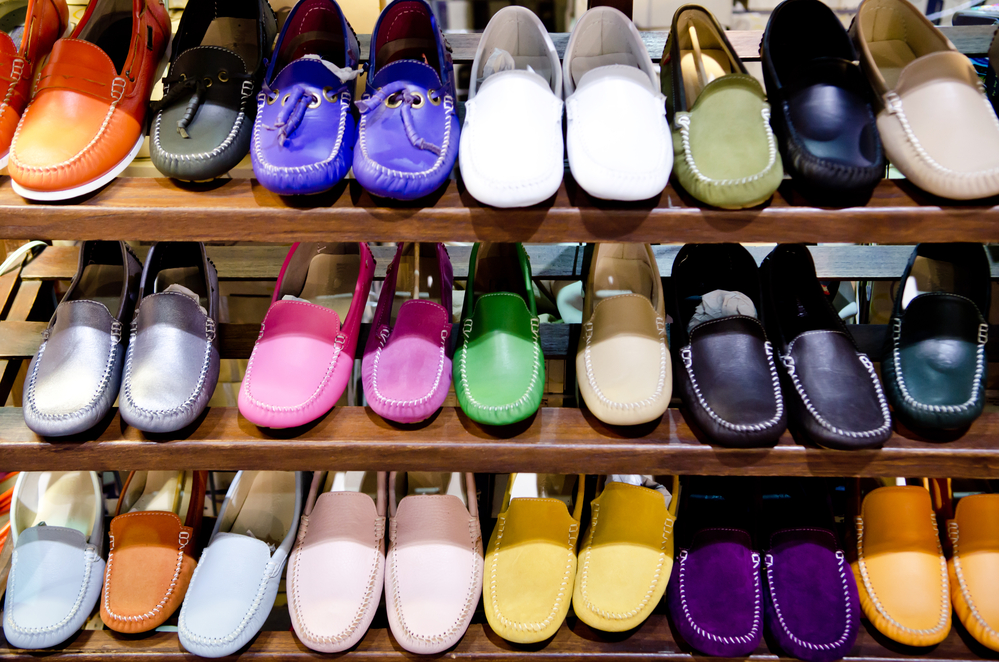The types of shoes you wear significantly affect the health of your feet. If you frequently suffer from foot pain, avoid high-heeled, unsupportive, and tight shoes. Instead, get professionally fitted footwear that suits your body’s needs. Let’s have a closer look at the types of shoes to avoid, how to find the right shoes for your feet, and when to speak to a specialist in Kelowna, BC, or Victoria, BC.
What Types of Shoes Should You Wear to Avoid Foot Pain?
Although some foot conditions require medical care, many others can be prevented and treated with holistic measures. One of the best ways to ensure good foot health is to wear high-quality, supportive shoes. Avoid high heels because they put excessive pressure on the balls of your feet and cause issues like bunions, metatarsalgia, and plantar fasciitis.
Never buy shoes with pointy toes because they don’t give your feet enough room and lead to issues such as corns and hammertoes. Try on new shoes before you buy them, and make sure that they are comfortable. If they are too tight or don’t fit well, they can cause friction. This is unhealthy for your feet’s tissues and can contribute to painful symptoms down the line.
What Shoes Are Best for Summer?
In summer, many people are tempted to wear flip-flops or sandals without support. Unfortunately, these can be very damaging because they lack stability, arch support, and cushioning. As a result, individuals are more likely to injure themselves or develop foot-related conditions. During the warm months, wear sandals with arch support or footbeds.
How to Find Good Shoes
Don’t purchase shoes from discount stores or online because you might not get high-quality products. The best way to find excellent footwear is to reach out to your Kelowna, BC, or Victoria, BC foot doctor and ask them for advice. They’ll let you know what type of shoe is best for your unique foot shape and help you choose suitable brands and vendors.
If you participate in sports, get shoes specific to the activity. This is important because sports shoes are designed to be worn on certain surfaces, and they are typically more supportive than regular footwear.
Are Insoles and Orthotics Helpful?
Insoles and orthotics are two types of supportive devices that can be placed inside shoes. They usually serve to provide additional support and absorb shock. Insoles are available in pharmacies and even some regular supermarkets. Although they aren’t tailored to the individual’s needs, they come in several sizes and various materials. Orthotics are much more specialized because they are designed for a specific patient.
They are appropriate for people who have serious issues such as flat feet, bunions, or postural issues. To get orthotics, patients have to work with a qualified foot doctor, who can take images of their feet and then design the perfect fit. Both insoles and orthotics can be helpful for people who experience pain or stiff muscles when walking. The best way to find out which option is right for you is to visit your local expert and ask them to evaluate your feet.
How Often Do I Need to Change My Shoes?
Regularly buying new shoes is important because worn-out footwear doesn’t provide adequate support and can therefore cause injuries. However, it’s important to remember that every person is different. While some can keep the same shoes for many years, others need to purchase new ones every three to four months. Typically, those who are heavier, very active, and have an irregular gait need to get new footwear more frequently.
What Else Can You Do to Keep Your Feet in Good Shape?
Keeping your feet in top shape involves exercising safely, regularly visiting your foot doctor, practising good foot hygiene, and maintaining a healthy weight. If you’re struggling with ongoing foot problems or you’re worried about the condition of your feet, reach out to us now. We’ll be happy to evaluate your situation and help you figure out what measures you need to take to keep your feet in good shape.
Regularly Meet with Your Victoria, BC, and Kelowna, BC Foot Doctor
If you’ve recently had foot pain, it’s important to speak to a specialist. They can have a look at your feet and do imaging studies to find out whether you have a condition or injury. They can also give you expert tips about how to best take care of your feet, what shoes to wear, and what activities to avoid, so you don’t experience ongoing pain.
The optimal frequency of clinic visits depends on your individual situation, medical background, and age. Typically, we recommend that patients over the age of 60 and those with conditions such as diabetes come to the clinic at least once or twice a year. That way, we can keep an eye on their condition and determine whether further treatment is necessary.
Start New Exercise Routines Slowly
Exercising is essential because it keeps your body and mind in good shape. However, some activities can be incredibly taxing on the feet, so it’s important to be smart about how you work out. Whenever possible, choose low-impact exercises like swimming, cycling, and Pilates. They don’t place a lot of pressure on your feet and joints, so you’re unlikely to experience problems.
If you’d like to do high-impact activities such as running, dancing, or team sports, start slowly. Begin by participating in your chosen sport once or twice a week for an hour or less. That way, your body has time to get used to the new activity and isn’t overwhelmed. As you become more familiar with the activity and improve your technique, you can slowly increase the duration and frequency.
Maintain a Healthy Weight
Excess weight places a lot of pressure on all your tissues, especially those in the legs and feet. To optimize your foot health, try to maintain a healthy weight. If you’re currently overweight or obese, take measures such as adjusting your diet and increasing your exercise levels.
Making the necessary lifestyle changes and losing a significant amount of weight can be incredibly challenging. For this reason, speaking to a nutritionist, dietitian, or exercise professional is almost always a good idea. You might also want to reach out to a weight loss doctor, who can recommend appropriate medical interventions such as drugs and surgeries.
Practice Good Foot Hygiene
Some painful or uncomfortable foot problems are related to infectious diseases or fungi. One example is athlete’s foot. This leads to itchy white patches between the toes, which can be sore and even cause bleeding. As the name suggests, this condition is most common in athletes because these individuals often have wet and sweaty feet.
To prevent infectious foot conditions, wear high-quality socks and shoes, and try to keep your feet as dry as possible. Avoid walking barefoot in places such as swimming pools and public showers. Don’t touch the skin of someone who has Athlete’s foot or a similar disease.
Unsuitable or unsupportive shoes can contribute to a wide range of conditions that cause foot pain. The best way to prevent issues is to consult with a foot doctor, who can explain which types of shoes are suitable and which ones should be avoided. Send us a message at Island Foot Clinics in Kelowna, BC, and Victoria, BC to book an appointment with us.

